One of the most important firefighting components on board is the International Shore Connection (ISC).
They are small but useful and have, what I like to call, a “VIP” (Very Important Purpose) status.
It is essential that even maritime authorities, such as the Port State Control Officers, Coast Guards, and Vetting Inspectors, may come looking for them during their visits.
When they come to your ship, expect that these guys may ask some random crew anything about your International Shore Connection especially if they don’t see it near the gangway.
If you are a first-timer on board, you only probably encounter this device during your Basic Training Course.
But that doesn’t excuse you for not being able to answer when those authorities start asking questions.
Are you ready to answer them?
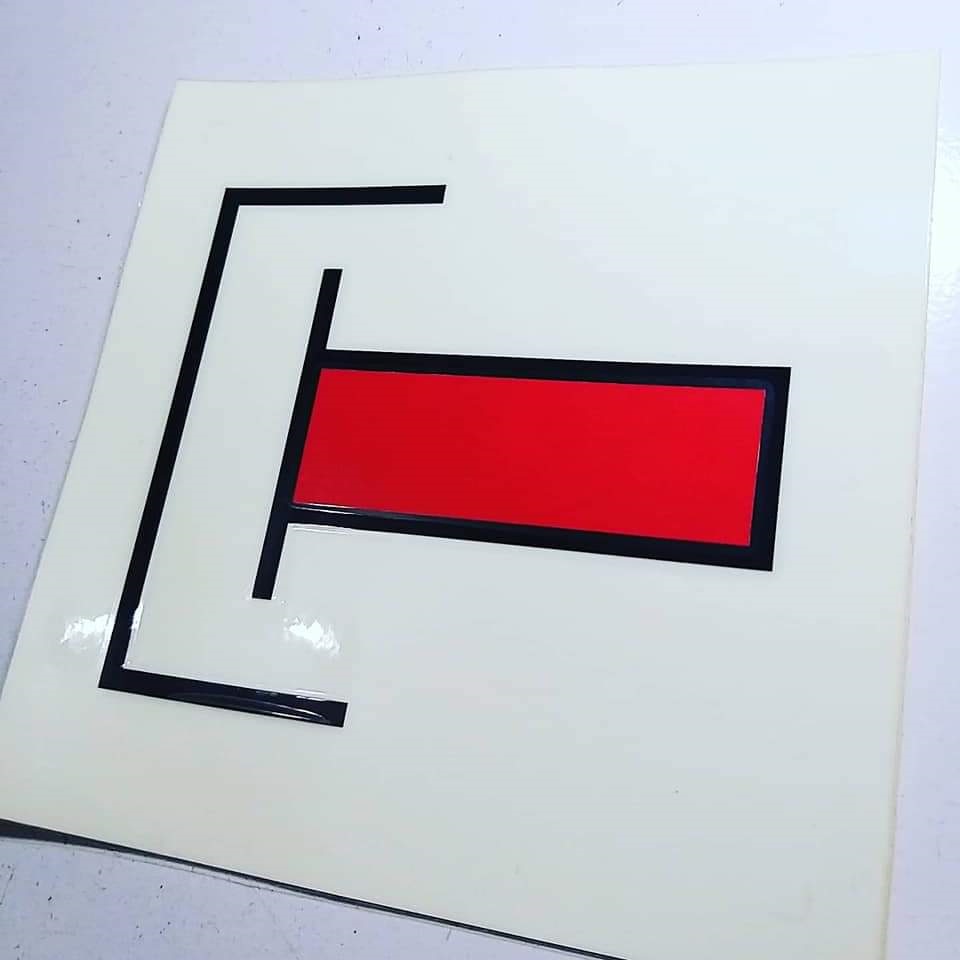
What is an International Shore Connection?
An International Shore Connection (ISC) is a coupling with standardized measurements that makes the connection between the shore hydrants and the ship’s fire mains possible.
It provides a means of attaching two systems where each might otherwise have couplings or connections that do not match.
The two fire mains systems we are talking about here are the ship’s fire mains and the terminal’s hydrants.
It can also be with another ship but having a different hose or hydrant connection.
According to SOLAS requirements, ships of 500 gross tonnages and upwards shall be provided with at least one international shore connection.
Connections, hydrants, hoses, couplings? These may sound a bit confusing, especially to beginners so let’s dissect this into bite-sized definitions.
Fire Hose Connections
The vessel itself has plenty of fire hoses including spares. Even with those numbers, it is possible to connect them all in a single line, in a loop, or however, you want.
This is because a vessel uses a specific connection that is uniform throughout its hydrant and fire hose couplings.
These fire-fighting equipment follow the International Code for Fire Safety Systems. It is commonly known as the Fire Safety Systems Code or FSS Code.
In the event of a fire, we can connect to any hydrant and start extinguishing the fire. This is true with other ships and shore terminals as well.
But just to let you know, there are also many types of couplings out there.
Take a look at the image below.
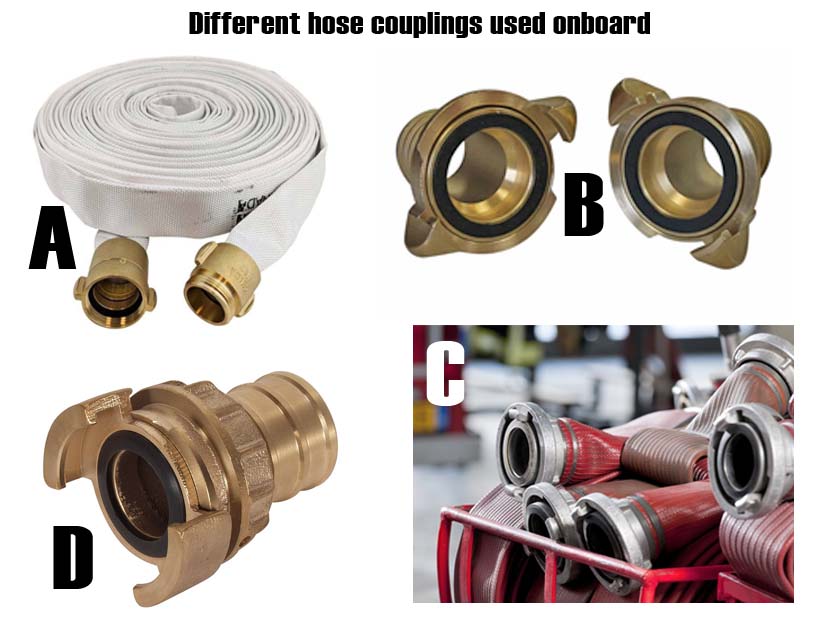
Why Use the International Shore Connection
There is no problem if the fire hoses are connected within the vessel itself if a fire breaks out.
But what if for some unexpected reason, which sometimes does happen, all of your fire pumps stop working?
In this very specific scenario, the only way to bring “water on deck” is to connect from another vessel or the shore terminal.
This solution is so simple.
But considering that there are different types of couplings out there, it would be tough luck that both your ship and the other party use the same connection.
If your ship uses that of image A from Figure 1 and the other party uses the connection on image C, there is no way this could be successful.
This is where the International Shore Connection or International Shore Fire Connection comes into play.
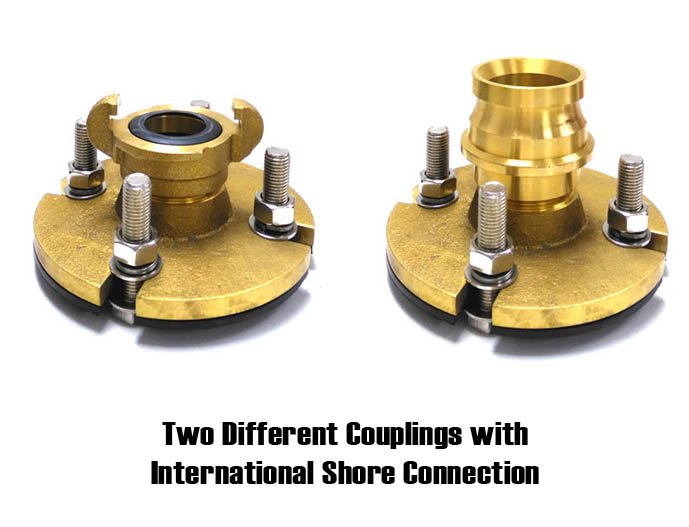
Since the ISC is standardized and universal, SOLAS requires every ship and shore facility to have at least one.
I was on a tanker vessel and we had three ISCs- one on both sides of the ship (main deck), and another one placed near the gangway or accommodation ladder.
The International Shore Connection is a coupling having two “sides”.
One side of the coupling is compatible with the owner’s (the one who owns the ISC) connection. The other side is the universal coupling where the other party can connect their International Shore Connection.
How to use the International Shore Connection
Aside from the authorities asking where this connection is, they may also ask you how to use it.
It’s very simple and you can learn it in five minutes.
Here are the steps.
1. To make the connection faster, you need at least two people on the ship’s side and another two from the shoreside. The ship’s crew may not be aware of the terminal’s ISC that’s why there should be a crew from their side to guide them.
2. Connect the ship’s fire hose to a nearby hydrant. Bring the other end of the hose to the terminal where you can find their International Shore Connection.
3. Bring the ship’s ISC set. The set should include the international shore coupling, 4 bolts, 4 nuts, at least 4 or eight washers, a gasket, and at least 2 M16 combination wrenches. Don’t forget to bring the C spanner as well.
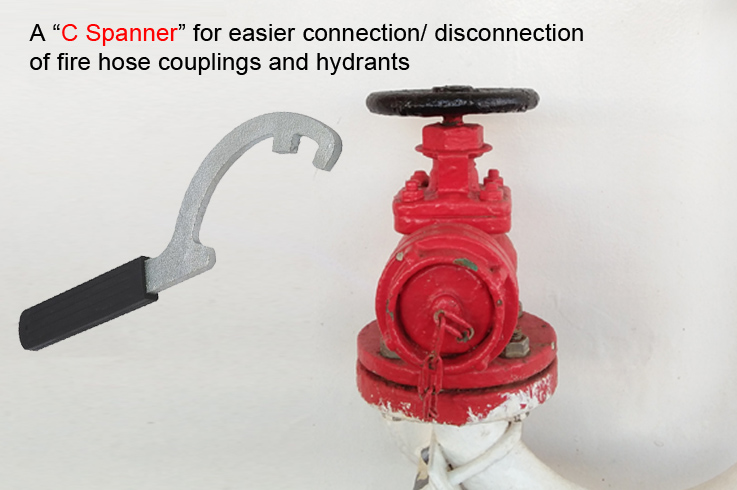
4. If the fire hose is too short, connect another one with just the right length.
5. Connect your ISC with their ISC. It should be on a flange-to-flange basis meaning your ISC flange must connect to the shore’s ISC flange.
6. To connect them, align the flanges together with their bolts. Insert the washers on both sides and tighten them in a “cross” fashion.
7. Once you finished securing the bolts and nuts, connect the ship’s fire hose. Open the hydrants on the ship’s side and wait for instructions on when to open the connection from the shore.
SOLAS Requirements for ISC
Ships of 500 gross tonnages and upwards shall be provided with at least one international shore connection.
It must comply with the Fire Safety Systems Code or FSS Code.
Facilities shall be available enabling such a connection to be used on either side of the ship.
FSS Requirements for ISC
International shore connections shall be of steel or other equivalent material and shall be designed for 1.0 N/mm2 services.
The flange shall have a flat face on one side and, on the other side, it shall be permanently attached to a coupling that will fit the ship’s hydrant and hose.
This connection shall be kept aboard the ship together with a gasket of any material suitable for 1.0 N/mm2. In addition, it must have four bolts of 16 mm in diameter and 50 mm in length, four 16 mm nuts, and eight washers.
The standard dimensions for any International Shore Connection must follow the following:

ISGOTT Requirements for ISC
ISGOTT or the International Safety Guide for Oil Tankers and Terminals is the standard reference work on the safe operation of oil tankers and the terminals they serve.
In this book, they also call the International Shore Connection as the International Shore FIRE Connection.
They have specific requirements for International Shore Fire Connection that complements SOLAS and FSS.
In that, they state that;
An International Shore Fire Connection must be provided on a tanker. This enables an external water supply to be coupled to any hydrant in the ship’s fire main.
This connection should be available for immediate use.
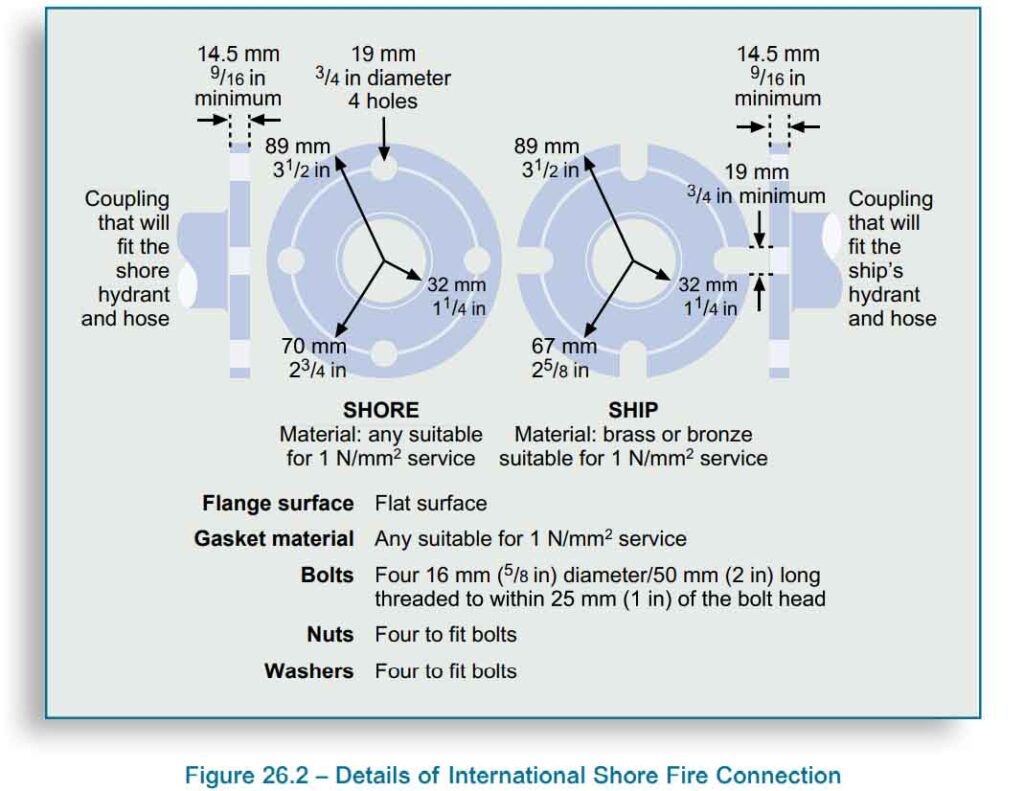
Aside from that, all marine terminals and berths with a fire water system should have at least one International Shore Fire Connection.
It must be complete with nuts and bolts, through which water could be supplied to a tanker’s fire main if required for shipboard fire-fighting.
One 63 mm hose connection should be provided for every 57 m3/hr of required pumping capacity.
Fire-fighting boats or craft, especially those at terminals with sea island berths, should each be equipped with an International Shore Fire Connection.
These crafts should also have a similar connection to enable them to supply water to the terminal fire main.
Connection Standards
The connection must meet the standard requirements. If they are not actually connected prior to the commencement of discharging or loading operations, they should be readily available for use in an emergency.
The flanges should have a flat face on one side. The other side should be a coupling that will fit the hydrant or hose on the ship or shore.
Equally important, the connection should be kept protected from the elements and located to be immediately available for use. Its location and purpose should be made known to all appropriate staff/ crew.
Furthermore, it must be discussed during the joint completion of the Ship/Shore Safety Checklist.
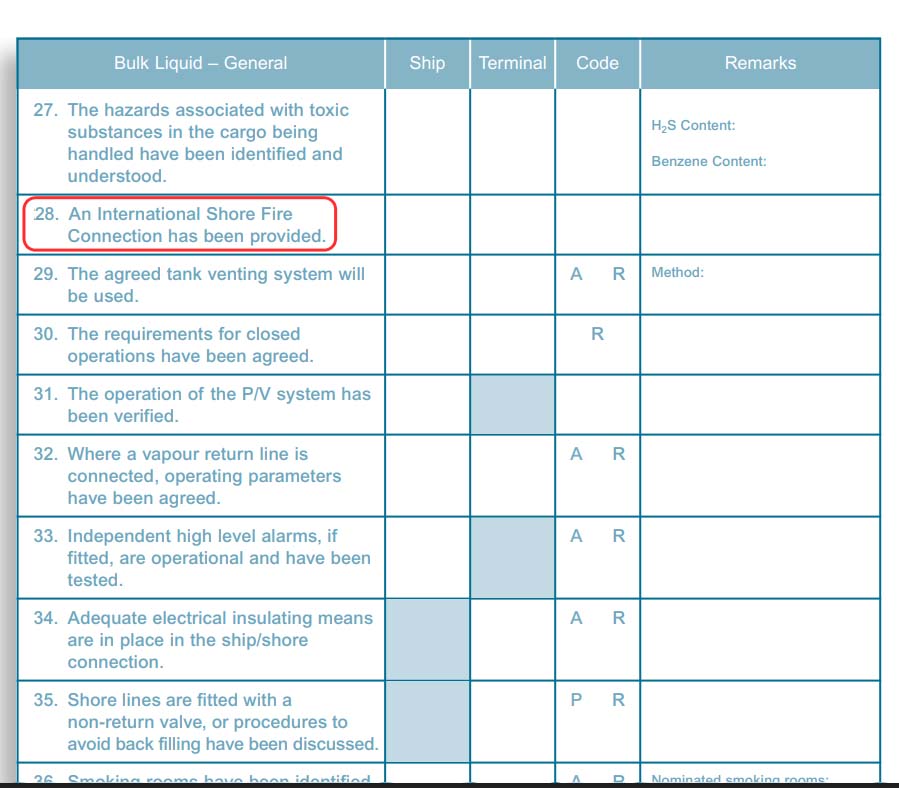
If fixed on a ship, the connection should be accessible from both sides. Additionally, its location should be clearly marked.
To interconnect the two fire mains, a fire hose having a shore connection on the end is led to its counterpart, and the flange joints are bolted together.
The shore connection should be ready for use whenever a ship is in port.
May the winds be in your favor.

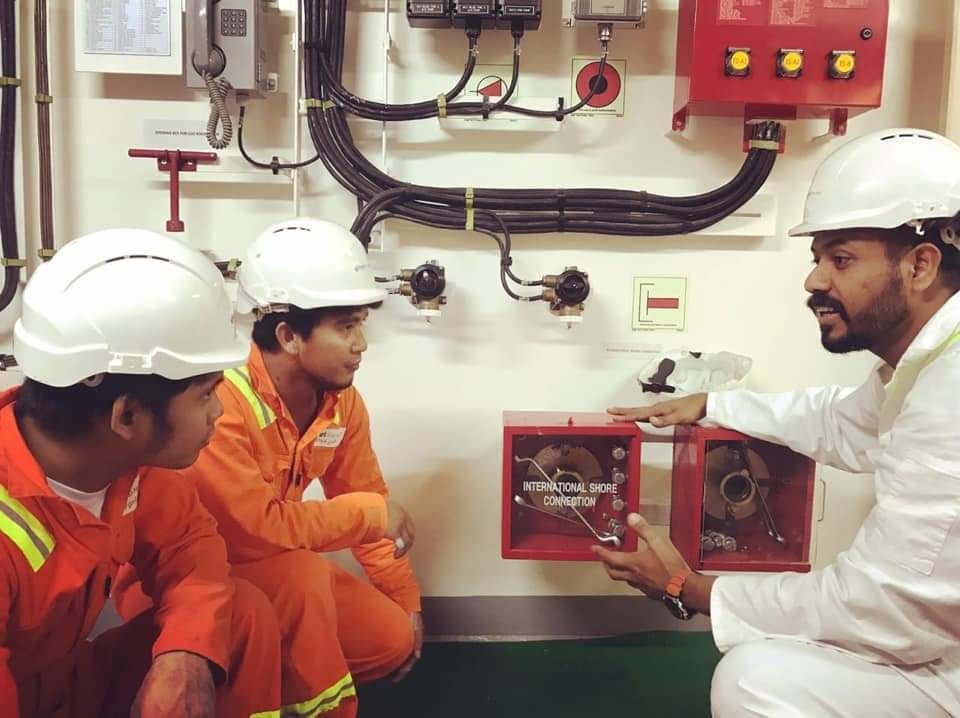
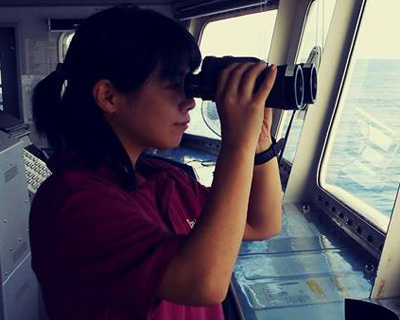
0 Comments